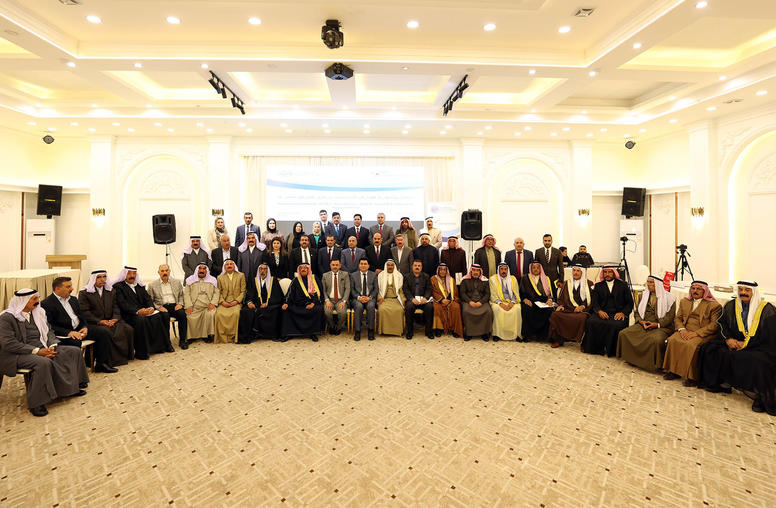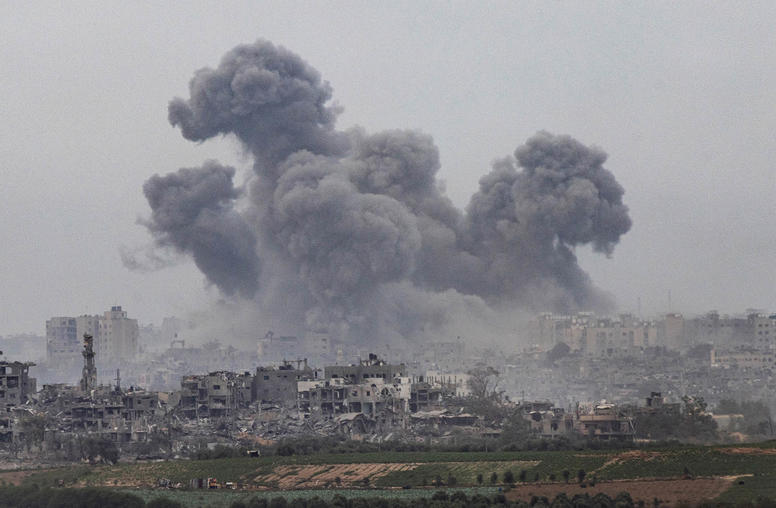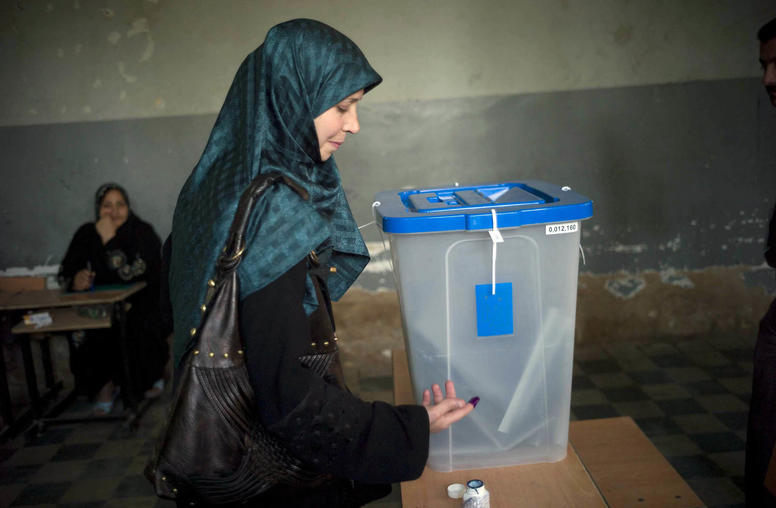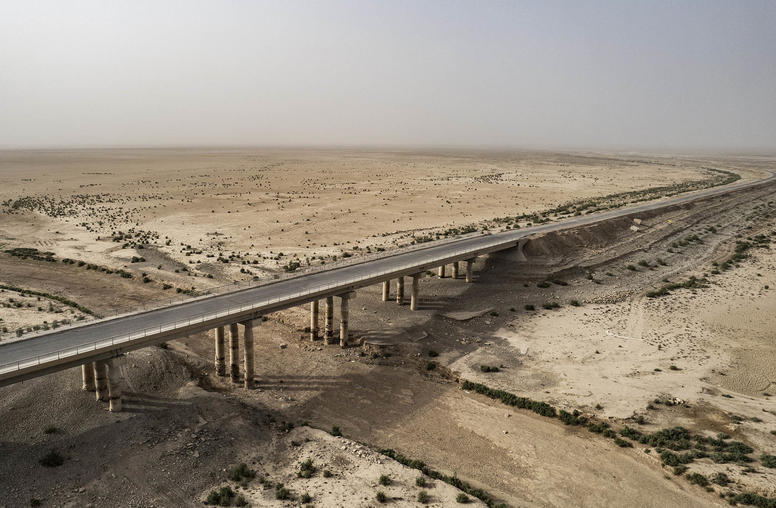The United States in Iraq: Options for 2012
This Peace Brief draws on the authors’ experiences in Iraq and a two-day, off-the-record meeting co-hosted by USIP in February 2011.
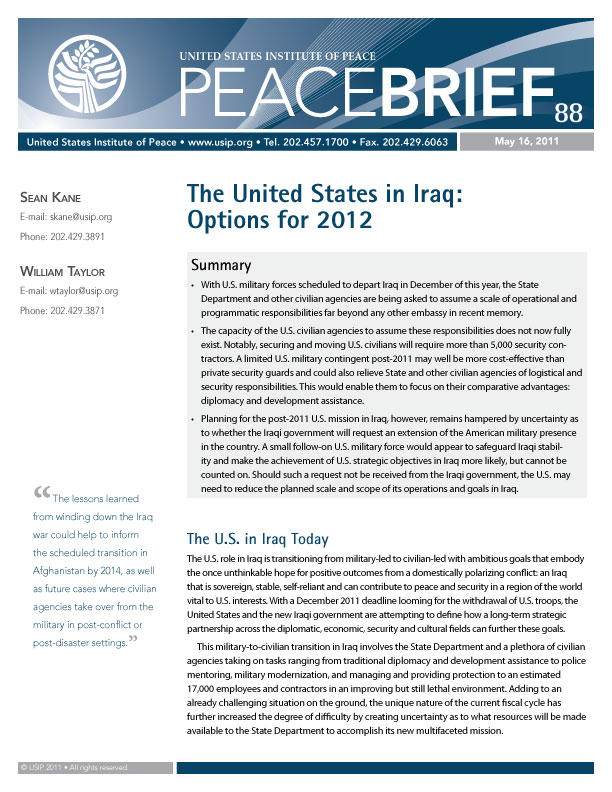
Summary
- With U.S. military forces scheduled to depart Iraq in December of this year, the State Department and other civilian agencies are being asked to assume a scale of operational and programmatic responsibilities far beyond any other embassy in recent memory.
- The capacity of the U.S. civilian agencies to assume these responsibilities does not now fully exist. Notably, securing and moving U.S. civilians will require more than 5,000 security contractors. A limited U.S. military contingent post-2011 may well be more cost-effective than private security guards and could also relieve State and other civilian agencies of logistical and security responsibilities. This would enable them to focus on their comparative advantages: diplomacy and development assistance.
- Planning for the post-2011 U.S. mission in Iraq, however, remains hampered by uncertainty as to whether the Iraqi government will request an extension of the American military presence in the country. A small follow-on U.S. military force would appear to safeguard Iraqi stability and make the achievement of U.S. strategic objectives in Iraq more likely, but cannot be counted on. Should such a request not be received from the Iraqi government, the U.S. may need to reduce the planned scale and scope of its operations and goals in Iraq.
About this Brief
This Peace Brief draws on the authors’ experiences in Iraq and a two-day, off-the-record meeting co-hosted by USIP in February 2011. The meeting included nine government agencies—from the National Security Council to State to Defense to Justice and Commerce and others—and focused on progress made and challenges in the ongoing military-to-civilian transition in Iraq and how these emerging lessons could inform transition efforts in Afghanistan and beyond.
